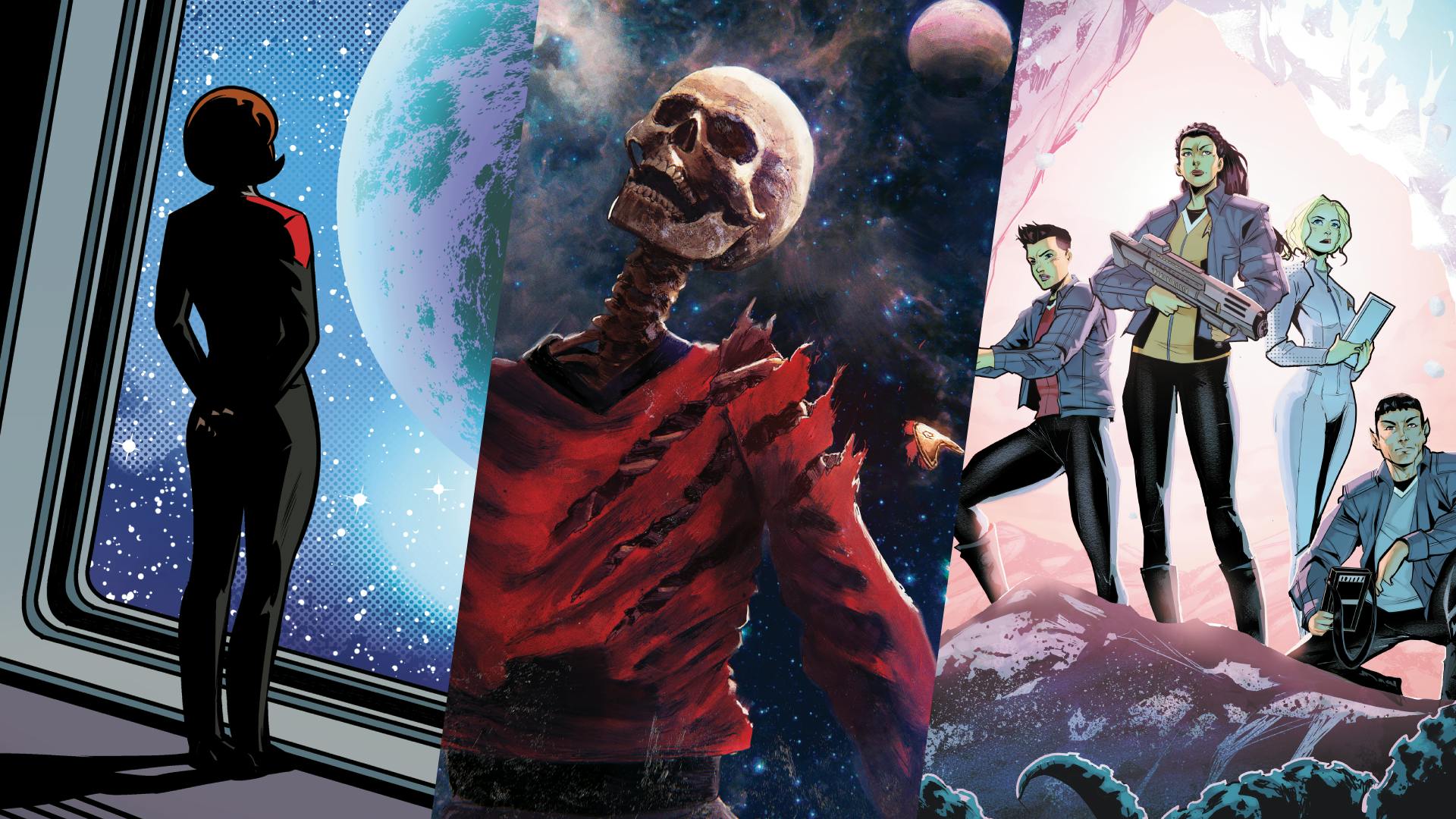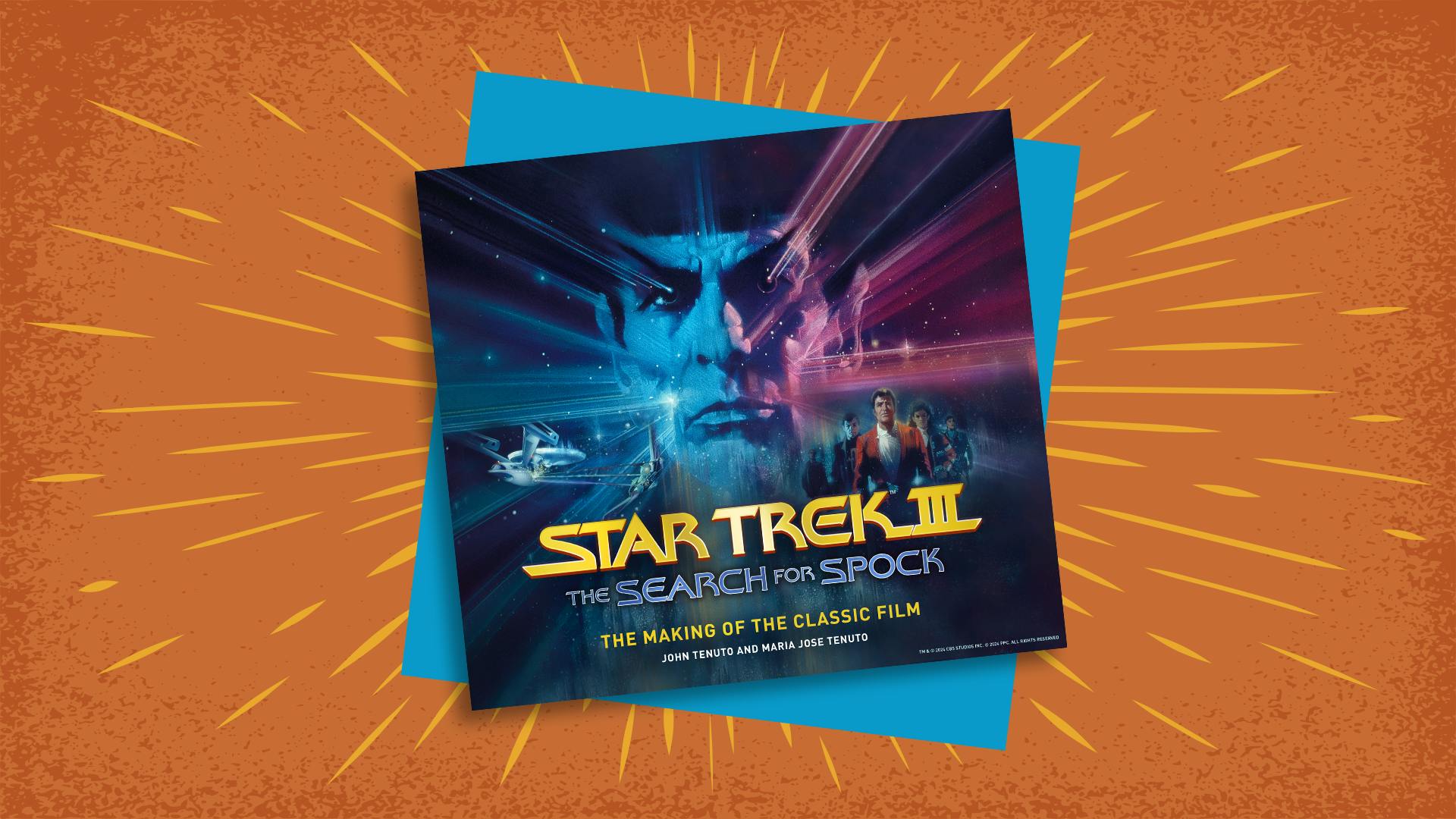Published Jul 29, 2024
The Original Series Cast on Coming Back for Star Trek: The Motion Picture
Discover that and more with when 'Star Trek: The Illustrated Oral History: The Original Cast' hits stands on July 30!
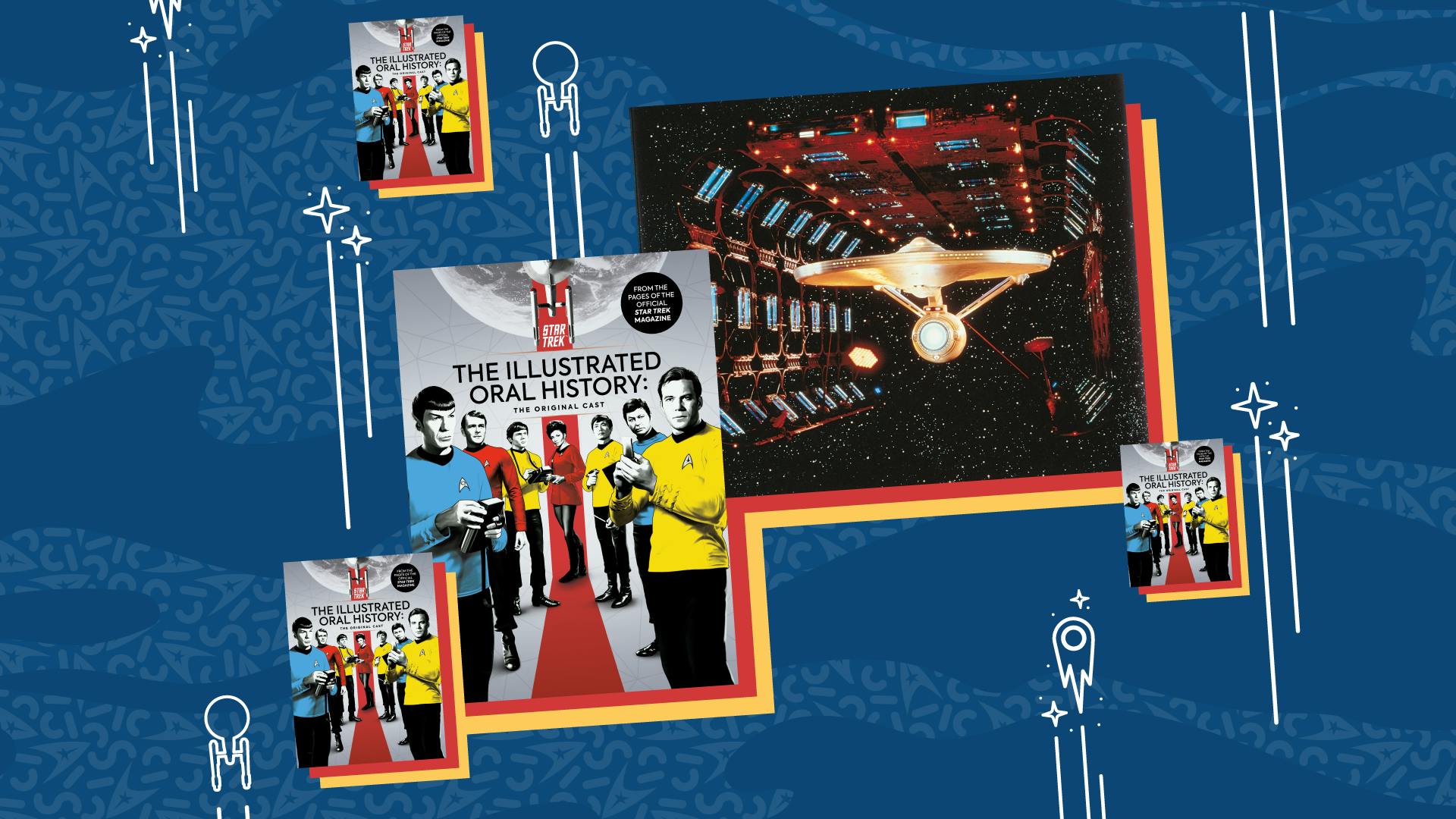
StarTrek.com
For 25 years, the voyages of the original crew of the starship Enterprise kept audiences enthralled across three live-action television seasons, two season of the animated series, and six blockbuster motion pictures. Now, the cast and crew behind the show that launched the enduring phenomenon tell their story.
Star Trek: The Illustrated Oral History: The Original Cast is a lavishly illustrated oral history of the Star Trek phenomenon covering the exploits of the original crew. Gene Roddenberry, William Shatner, Leonard Nimoy, DeForest Kelley, James Doohan, Nichelle Nichols, George Takei and Watler Koenig, along with guest stars, writers and directors, reveal the story behind a pop culture legend.
The collection hits shelves July 30; pre-order now on Amazon, Barnes & Noble, Books-A-Million, Forbidden Planet, or wherever you purchase your books.
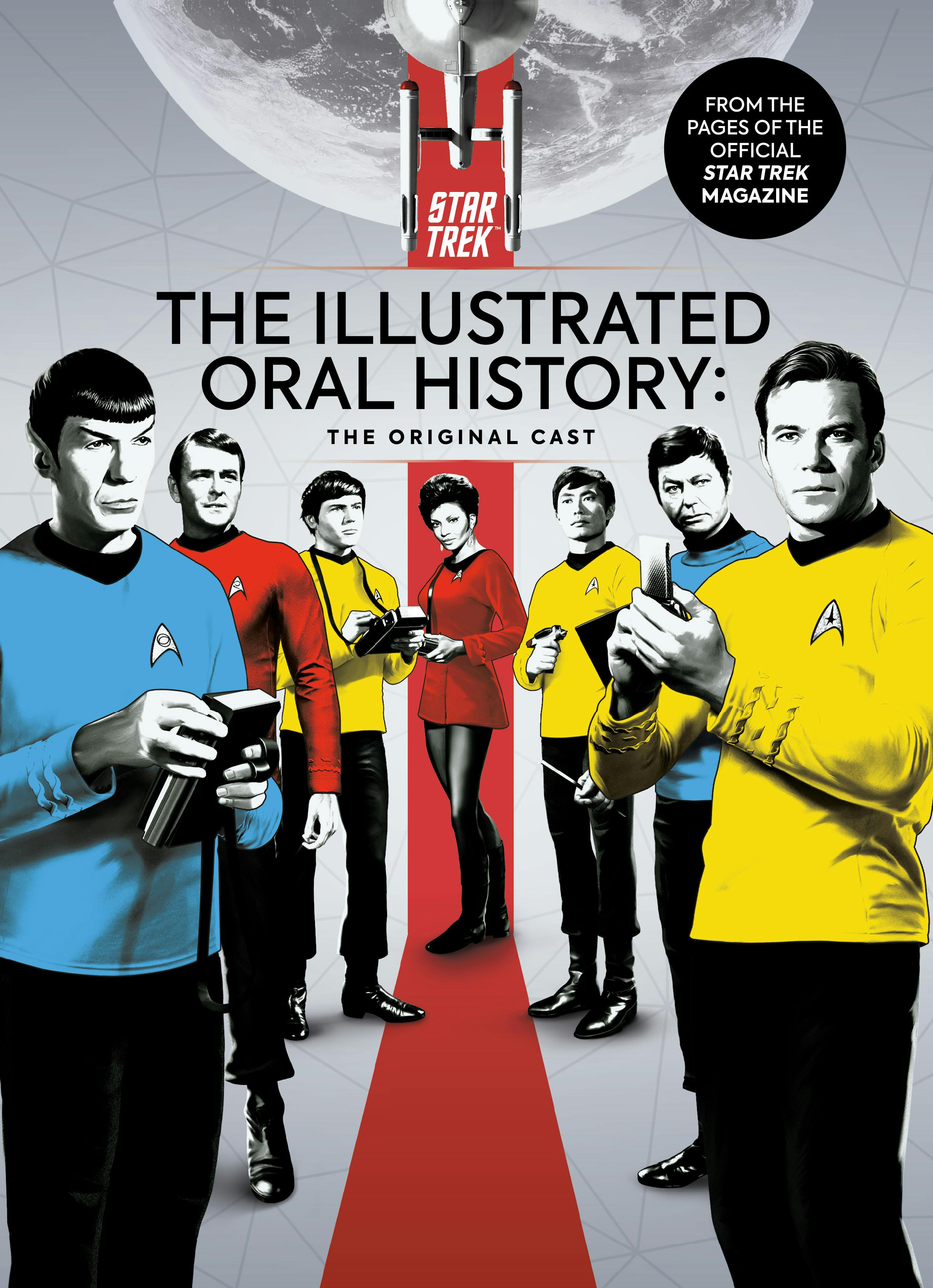
Titan
Star Trek, and its assorted spin-offs, has been a cultural success story since the mid-1960s when a relatively brief run of episodes framed within a modest three seasons caught audiences' imaginations across the world. The exploits of the crew of the starship Enterprise, led by the intrepid Captain James T. Kirk, offered viewers morality tales that reflected our own humanity couched in a positive utopian view of the future.
While the show faltered after three-years, its dedicated fanbase never deserted the show, as the cast reunited for an award-winning animated series and later headlined six big screen adventures. This volume collects memories from the original pioneering cast and crew as their original five year mission led to three decades of adventure…
Star Trek: The Illustrated Oral History: The Original Cast highlights include:
- Why William Shatner wanted Star Trek to "have more humor and be more fun," and his struggle to make Star Trek: The Motion Picture.
- Leonard Nimoy discussing how Spock emerged from being a co-star to a breakout iconic character.
- DeForest Kelley on how the fractious relationship between Dr. McCoy and Mr. Spock was developed.
- Nichelle Nichols on the overwhelming reaction to Uhura around the world.
- George Takei on how Leonard Nimoy stood up for his crewmates during the making of Star Trek: The Animated Series and why Sulu is a pioneering character.
- Majel Barrett Roddenberry on the secret ingredient that has made Star Trek endure.
- Story editor D. C. Fontana on shaping some of the best-loved episodes and her part in establishing the enduring character of Mr. Spock.
Thanks to our friends at Titan Magazines, we have an exclusive excerpt of the sixth section, "Big Screen Adventures," which covers the Original Series cast's motion pictures return.
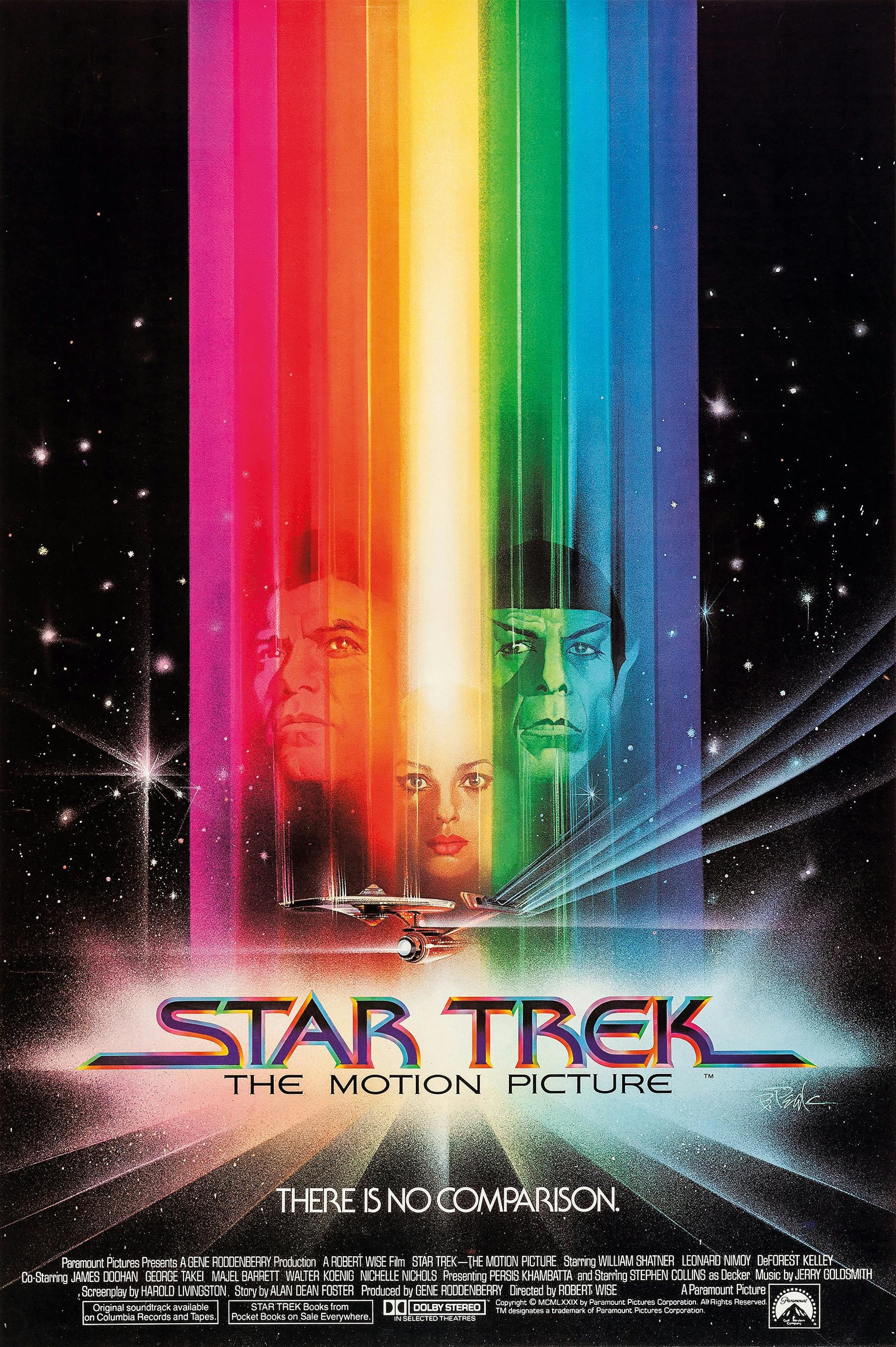
The iconic Star Trek: The Motion Picture poster illustrated by Bob Peak
StarTrek.com
The original treatment for the film was written by Alan Dean Foster, based on an outline by Gene Roddenberry.
Alan Dean Foster: The possibly apocryphal story is that after Star Wars and Close Encounters of the Third Kind came out in 1977, the daughter of Charles Bludhorn, who was the chairman of the board of Gulf and Western, the conglomerate who owned Paramount, said, "Daddy, why can't we have a Star Trek movie?" Bludhorn then contacted Norway Productions and said, "We're not going to revive the TV series, we're going to do a Star Trek movie." Roddenberry and everyone at Norway ran around and said, "We've been through this before. We have to do something quickly before they change their minds again." Someone held up my treatment and said, "Here's a 2 hour movie treatment. Let's throw this at them, at least we can keep them busy unless and until we come up with something else."
William Shatner: If I remember correctly, there were a lot of conversations about doing a variety of things. There was going to be a movie for television; there was going to be a series. So when they made an announcement about the best of all possible worlds – which was a big movie by an A-list director – I was thrilled. I think the way Kirk was written was really terrific. It was a decent script.
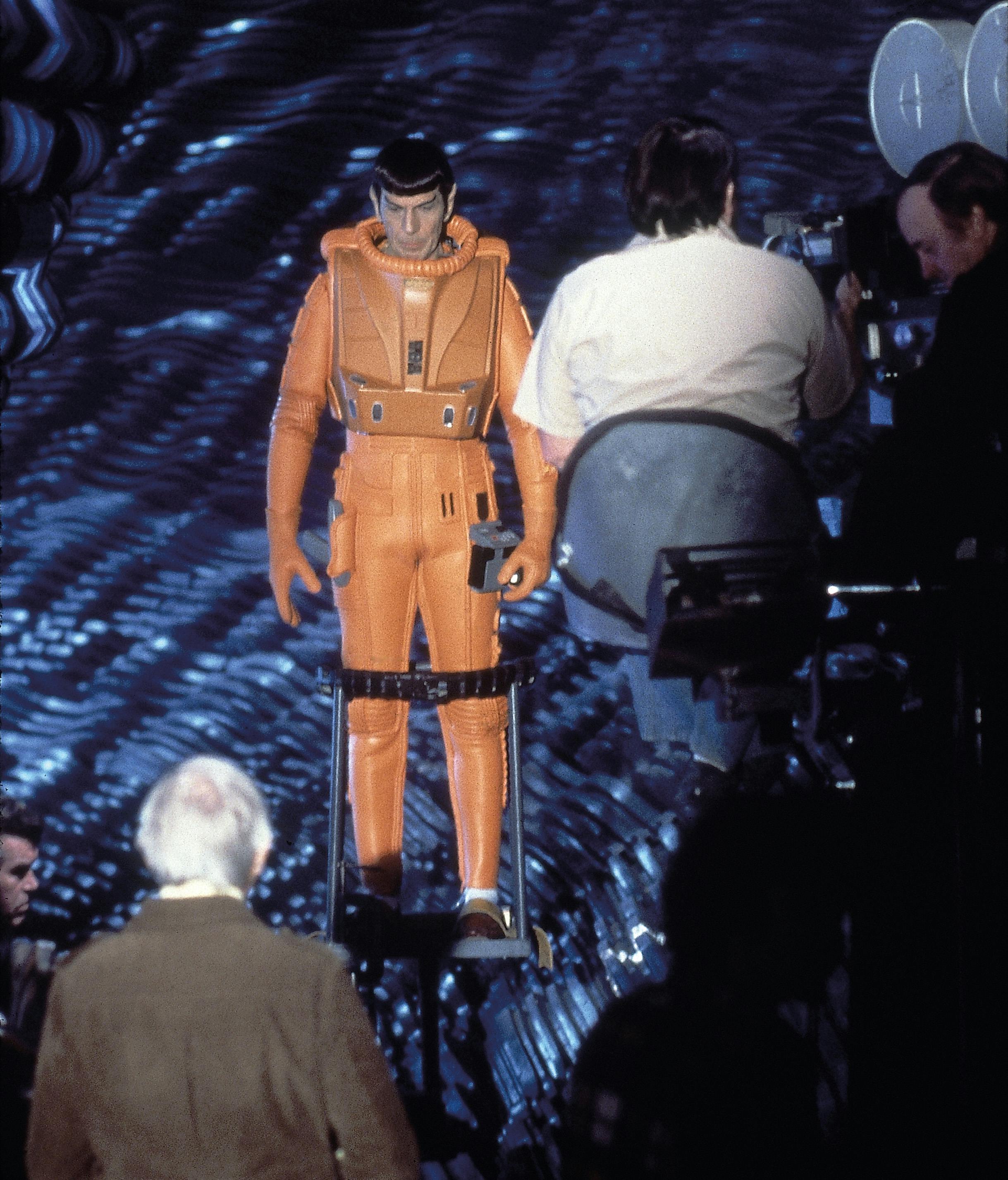
Despite a false start, Leonard Nimoy eventually returned to reprise his role as Spock.
StarTrek.com
Walter Koenig: I was thrilled with the idea of coming back. When the television series was canceled, it was canceled. My feeling was that it was never going to happen again and so I set about with the rest of my life. I wrote in my book, Chekhov's Enterprise, that even when the movie came together, I really didn't believe it was happening until the second shot of the film where George, Nichelle, and I were rushing up to the second level of the bridge just as Kirk walks in. Then I knew we were finally making the movie. The idea of going on set everyday with these people making Star Trek happen again was terrific.
Nichelle Nichols: It had been 10 years and the fans had won. We were back doing Star Trek and we were doing a major motion picture. The first moment of shooting with director Robert Wise in the well of the bridge was the most memorable Star Trek moment for me. Bob looked up after rehearsing the first scene and he saw the crew of the U.S.S. Enterprise looking back at him. He was visibly shaken. He said, "I'm standing here amidst legends." We all came unglued. I don't think any one of us had ever thought in those terms.

The U.S.S. Enterprise in spacedock in Star Trek: The Motion Picture
StarTrek.com
Walter Koenig: Gene did not come to the set that frequently, but when he did he always had a smile on his face. Robert Wise was a very quiet man, very contained, and very professional. I only saw him blow up once, and that was amazing because there were circumstances in the film that happened on a daily basis that would make most directors blow up. It was hard for me to understand the working relationship between Gene and Robert, but I knew there must have been conflicts between them because of the constant script changes. We would get green color pages at 8.30am in the morning, yellow pages at 10.30am, and pink pages at noon. It became a joke on the set. Sometimes only three or four words would end up being changed. But it remained a congenial, pleasant set because Robert had a very good temperament about it all.


